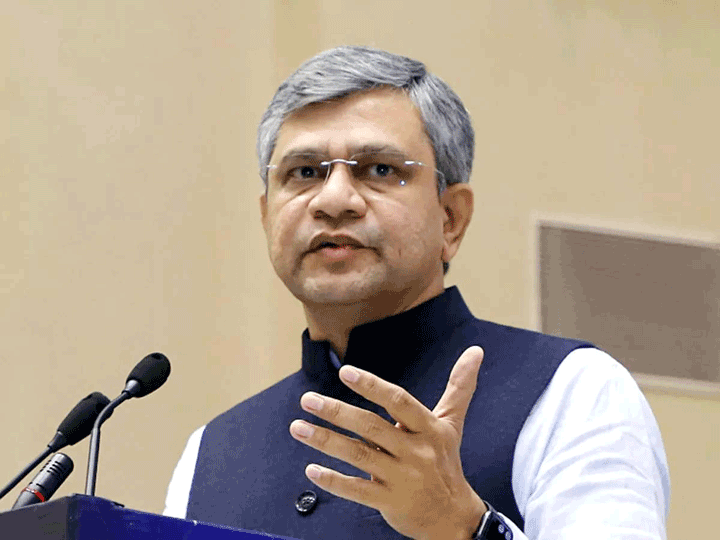Reliance Jio now brings banking on mobile: Know benefits of payments bank
Mukesh Ambani-led Reliance Jio Infocomm is leaving no stone unturned to enhance the experience of its users and make lives easier for them through the use of its services. Known for its disruptive data services and free data plans, Reliance Jio has now forayed into the banking business with a payments bank service, Reserve Bank of India has confirmed.
Jio Payments Bank is a joint venture between Reliance Industries and the country’s biggest lender, State Bank of India. While Jio has a 70 per cent in the JV, SBI has the remaining 30 per cent.
Mukesh Ambani-promoted Reliance Industries Ltd (RIL) was one of the 11 applicants for setting up payments bank in August 2015. Jio received the licence to start operation in March 2017, according to media reports.
What is a payments bank?
A payments bank is like any traditional bank but operating at a smaller scale. The only difference is that payments banks do not have any credit-providing service.
Payments banks in India: Jio’s competitors
With an increase in digitisation, the way Indian banks operate is constantly changing. Telecom major Bharti Airtel was the first one to start payments bank services in India in November 2016. After a huge success during demonetisation, Paytm also launched its payments bank services in May 2017.
FINO Payments Banks Limited started in June 2017. The Aditya Birla group’s Idea Payments Bank was started from February 22 this year. And now, Reliance Jio is the new kid on the block.
How are they different from traditional banks?
Interest rates: While the standard interest rate for commercial bank lies between 3.5 and 6 per cent, the Airtel payments banks offers the highest interest rate of 7.25%. Paytm payments bank offers an interest rate of 4 per cent on a savings account and 7 per cent on fixed deposits. Payments banks can accept deposits of up to Rs 100,000 per account from individuals and small businesses.
Zero balance account: Unlike most commercial banks which levy charges if customers fail to hold a minimum balance in their account, payments banks offer zero balance accounts or no minimum balance accounts without any extra charge.
Why opt for payments banks?
The main objective of payments banks is to promote financial inclusion by giving services like small savings accounts, and payment or remittance services to migrant labour workforce, low-income households, small businesses and unorganised sector entities, as well as other users.
Benefits of a payments bank
Recently, the Central government announced “Payments Banks and Small Finance Banks” will offer social security scheme Atal Pension Yojana (APY) to their subscribers.
Finance Minister Arun Jaitley said payments bank would have a “multiplier impact” by providing doorstep banking to people in remote areas at lower costs and compete with traditional banks in future.
The new model of banking allows mobile firms, supermarket chains and others to cater to banking requirements of individuals and small businesses. There are set up as a differentiated bank and confine its activities to acceptance of demand deposits, remittance services, internet banking and other specified services.











